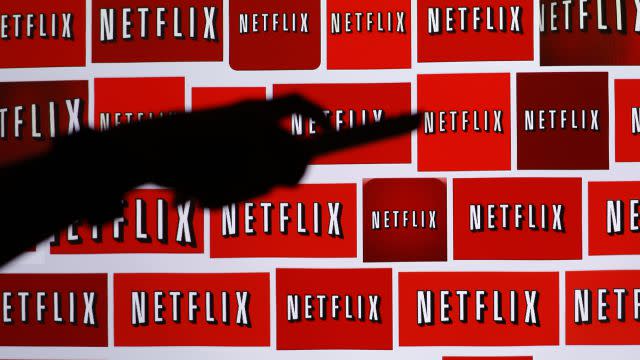Globally, we are paying wildly different prices for Netflix

Netflix quietly raised prices in Europe this month by one Euro, following a similar increase for US viewers last year.
The move comes as the streaming-media company marches across the world–launching in Japan, Italy, Spain, and Portugal this year–and tries all sorts of pricing models to test out just how much people are willing to pay for its service.
Being able to charge higher prices globally is important because Netflix has been counting on its international revenue to replace the sales that are evaporating from its US DVD business. It’s now in 185 million broadband homes outside the US, or a third of the international marketplace, according to a research note from UBS.

But the practice has led to wildly different prices around the world, ranging from an average monthly revenue per user of $15.11 in Denmark to $4.85 in Argentina, an analysis by UBS found.

When the company enters Japan in September, UBS said it expects Netflix to try out a new pricing scheme where the spread between its low-tier service (users can watch one screen at a time) and high-tier plans (four screens, including HD and ultra HD) will be much wider than in the US.
The idea is to come in cheaper than Hulu Japan ($7.85) on the low end but keep revenue per user in line with its international average by setting the prices for the premium plan 53% higher than the standard plan. (UBS estimates the mix will create an average $8.01 per user in Japan).
And if Netflix can figure out how to succeed in Japan, it augurs well for its chances in the massive Chinese and Indian markets, which UBS calls “particularly challenging” because of the countries’ insular markets, foreign company restrictions, and highly-competitive media markets where many online-video services are free to consumers and supported by ads.

Sign up for the Quartz Daily Brief, our free daily newsletter with the world’s most important and interesting news.
More stories from Quartz:

